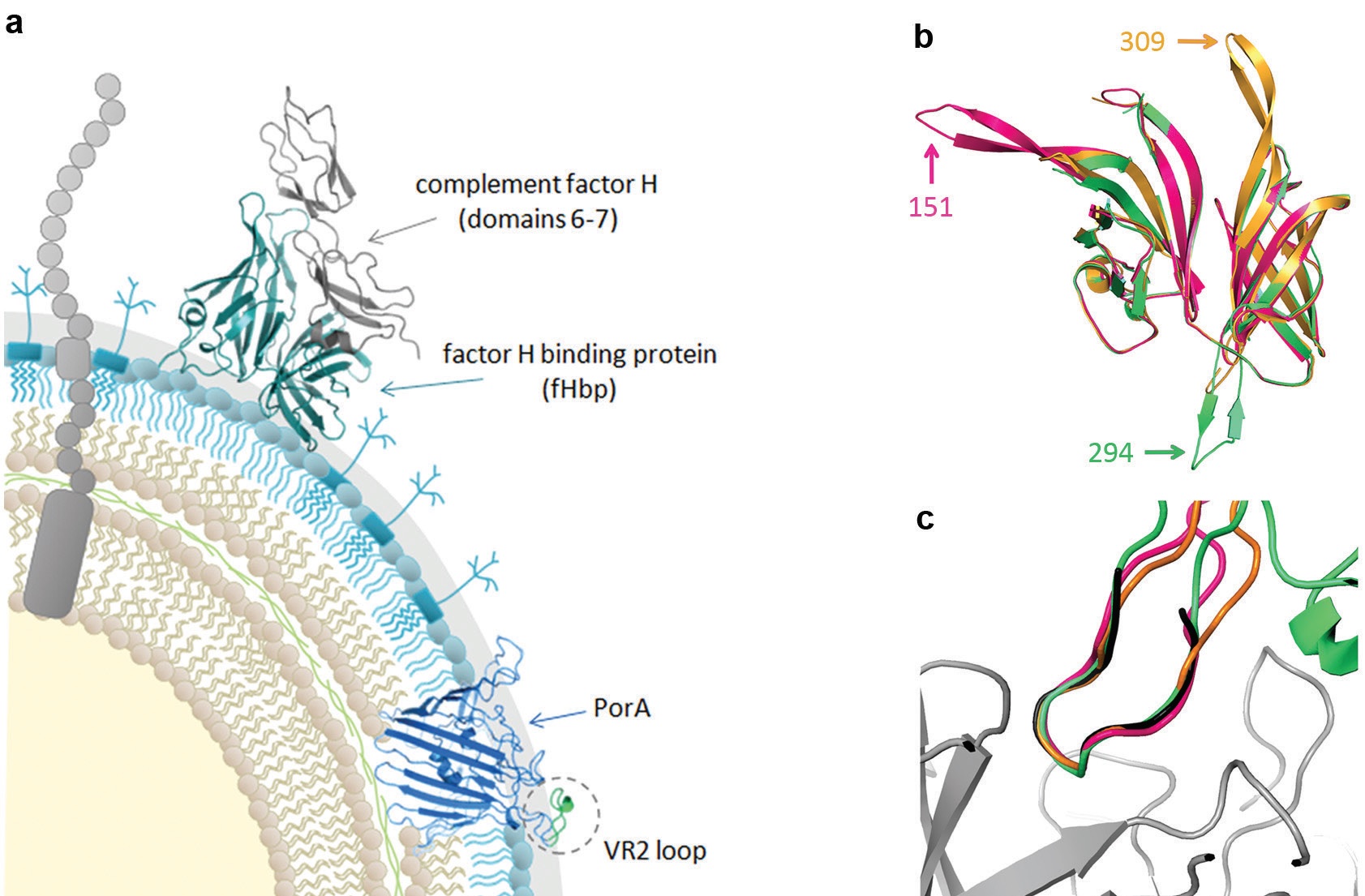

S-Rtx_L_mKappa.I2.eBFP2 see supplemental Data 2 for sequences). Murine immunoglobulin G2a (IgG2a) rituximab was generated by cloning the variable regions of the heavy and light chain from IDEC2B8 hybridoma HB-11388 checked against patent 5 843 439 into the constant regions of murine IgG2a and murine immunoglobulin κ (sourced from InvivoGen plasmids pFUSEss-CH1g-mG2A and pFUSE2ss-CLIg-mk) into a retroviral vector (MP9201 SFG. Rituximab and ofatumumab were procured from the hospital pharmacy at University College London Hospital. Antibodies, flow cytometry, and flow sortingĬAR was stained using a Cy5-conjugated polyclonal goat anti-human-Fc (Jackson Immunotech). Purity and viability of selected splenocytes were assessed by flow cytometry prior to adoptive transfer 1 day following positive selection. Following positive selection, splenocytes were resuspended in conditioned media retained from the overnight IL-2 stimulation and cultured overnight. Transduced splenocytes were purified on LS columns using CD34 microbeads (Miltenyi Biotec) as per the manufacturer’s instructions. The following day, splenocytes were recovered from the plate, resuspended in complete RPMI supplemented with 50 ng/mL murine IL-2 (Invitrogen), and cultured overnight. Retroviral transduction was performed by loading retronectin-coated plates (Takara) with 2 to 3 × 10 6 splenocytes suspended in 1 mL retroviral supernatant, centrifuged at 805 g for 90 minutes, and then recovered by overnight incubation at 37☌. Splenocytes were activated in RPMI supplemented with 10% fetal calf serum, Glutamax, 10 mM HEPES, and 0.1 µm 2-mercaptoethanol supplemented with 2 µg/mL concanavalin A (Sigma) and 1 ng/mL interleukin-7 (Peprotech) at a density of 1 to 1.5 × 10 6/mL for 24 hours. Murine splenocytes were isolated and transduced as follows: splenocytes from 6- to 8-week-old C57BL/6 mice were isolated by passage through a 40-µm-pore sieve followed by red blood cell lysis in ACK lysis buffer (Lonza). On day 3, T cells were harvested, plated on retronectin and retroviral supernatant, and centrifuged at 1000 g for 40 minutes. Interleukin-2 (IL-2) stimulation (100 IU/mL) was added following overnight stimulation. Peripheral blood mononuclear cell transductions were performed as follows: T cells were isolated by Ficoll (GE Healthcare) gradient centrifugation and stimulated with phytohemagglutinin at 5 µg/mL. Eco-pseudotyped supernatant was generated in a similar way, with RDF substituted by the ecotropic envelope expression plasmid pMono.Eco. 17, 19, 20 Transfection was facilitated using genejuice (Merck). RD114-pseudotyped supernatant was generated as follows: 293T cells were transfected with vector plasmid RDF, an expression plasmid to supply RD114 envelope (gift of Mary Collins, University College London) 18 and PeqPam-env, a gagpol expression plasmid (gift of Elio Vanin, Baylor College of Medicine). Annotated sequences of constructs used are included in supplemental Data 2 (available at the Blood Web site). RQR8 was coexpressed with CAR by cloning it upstream of the CAR separated by an in-frame foot-and-mouth–like 2A peptide, TaV, 17 or coexpressed with the wild-type-1–specific TCR α and β chains with 2 interposed foot-and-mouth disease (FMD)-2A TaV sequences, codon wobbled to prevent retroviral recombination. 16 Anti-GD2 CAR was as described elsewhere (K.S., T.

14 Enhanced green fluorescent protein (eGFP) and enhanced blue fluorescent protein 2 (eBFP2) 15 were coexpressed from an encephalomyocarditis virus internal ribosomal entry site sequence. The retroviral vector used in all constructs was the splicing oncoretroviral vector SFG. Oligonucleotides were purchased from IDTDNA. Phusion polymerase, quick Ligase, and NEB5α (New England Biolabs) were used for molecular cloning. Identity of constructs was confirmed through capillary sequencing Applied Biosystems 3730xL capillary. and available upon request) that strove to keep GC content at 70% and eliminate cryptic splicing, hairpins, literal repeats, and any possible cis-acting sequences. Codon optimization used an in-house algorithm (written by M.P. All constructs were generated by in-house gene synthesis using polymerase chain reaction assembly of overlapping oligos unless otherwise specified.


 0 kommentar(er)
0 kommentar(er)
